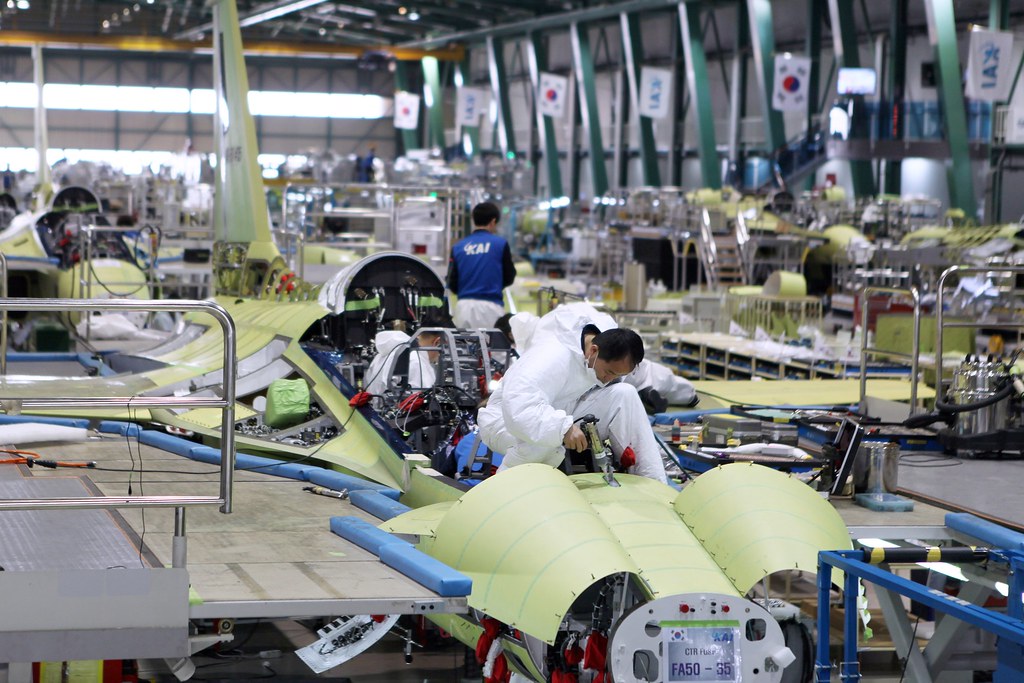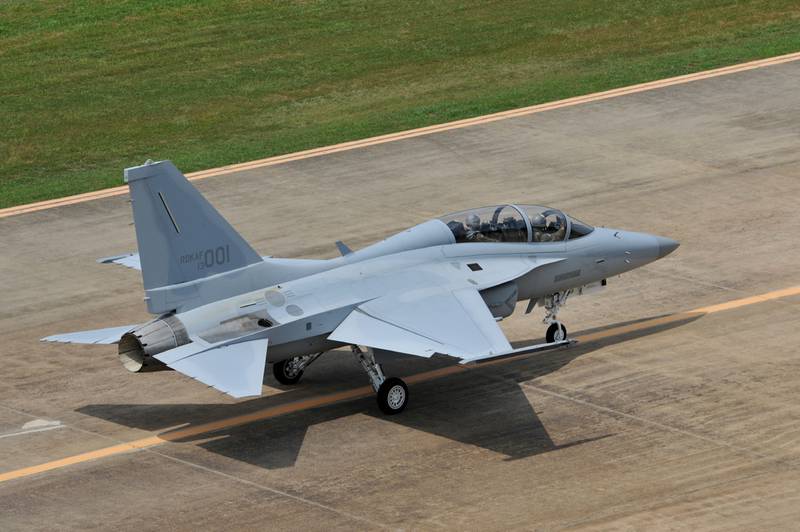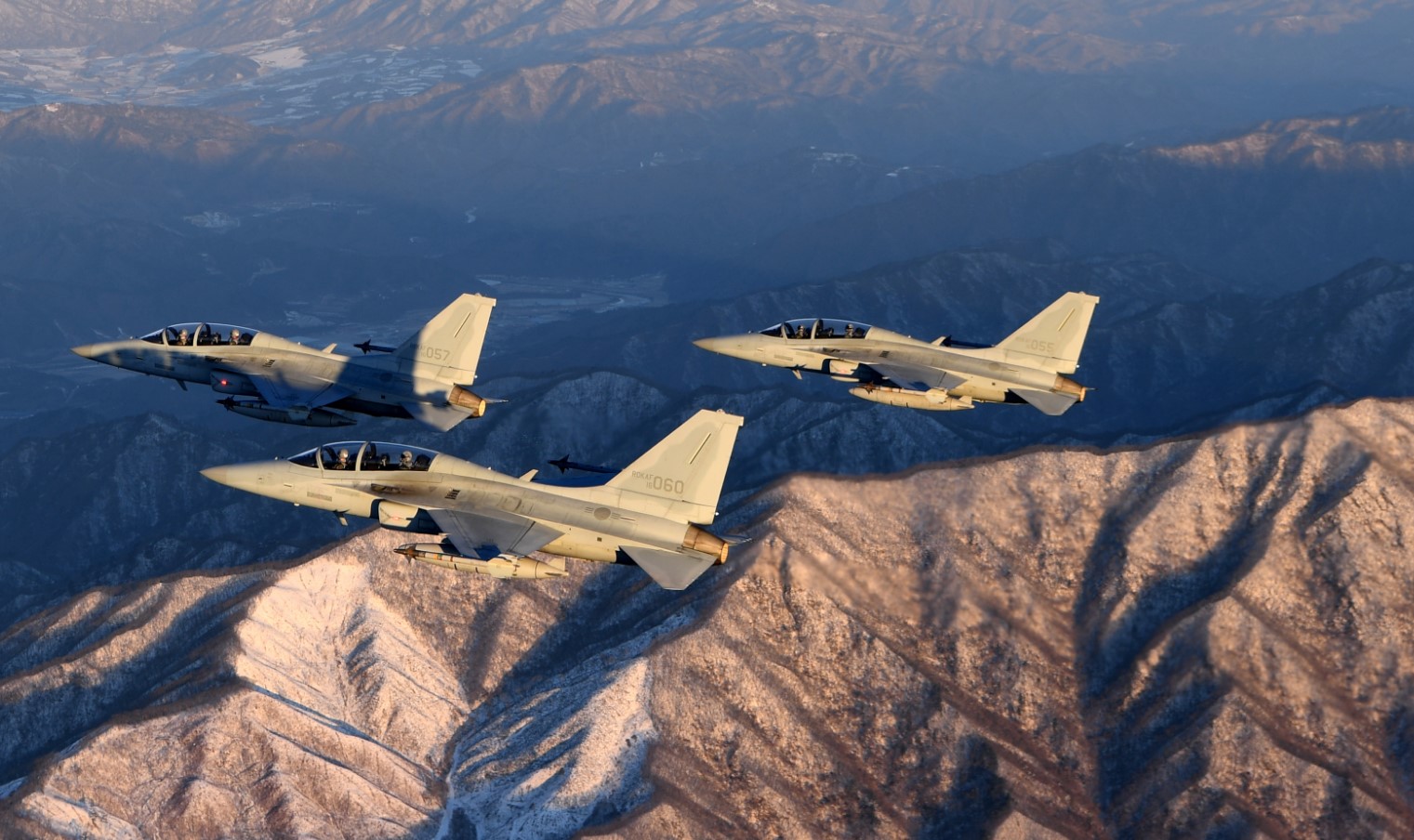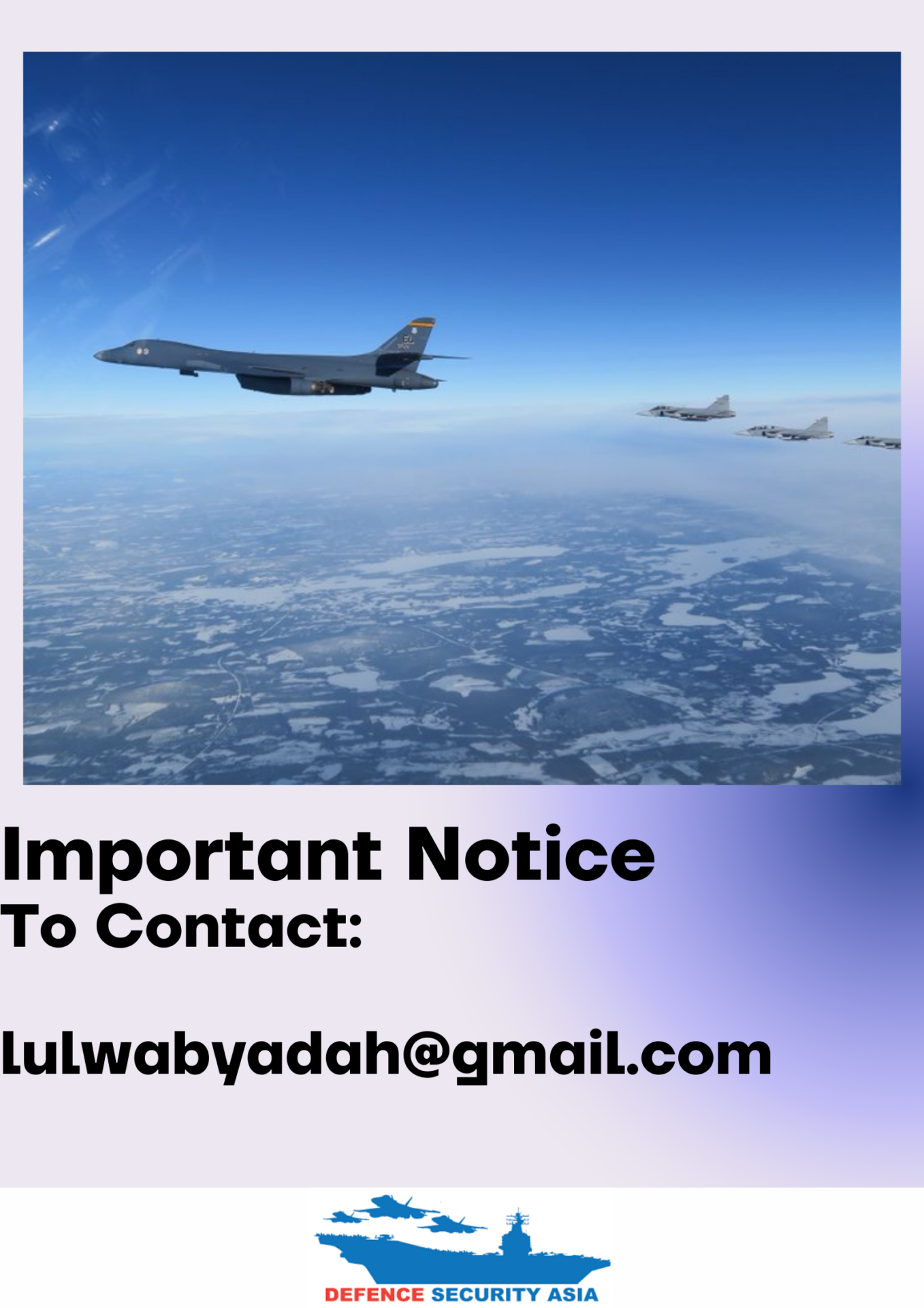“Malaysia Likely to Acquire 18 More FA-50M Light Combat Aircraft If…”
If the contract for the first 18 FA-50M jets — from construction to delivery — proceeds smoothly, the likelihood of KAI receiving an order for the second batch increases significantly.
(DEFENCE SECURITY ASIA) – The decision on whether Malaysia will proceed to procure a second batch of 18 more FA-50M light combat aircraft from Korea Aerospace Industries (KAI) depends on the progress of the contract for the first batch of 18 jets.
If the contract for the first 18 FA-50M jets — from construction to delivery — proceeds smoothly, the likelihood of KAI receiving an order for the second batch increases significantly.
“It depends on the progress of the contract for the first 18 FA-50M jets. If everything goes well, the chances of a second contract for another 18 jets will also rise,” an industry source told Defence Security Asia recently.
Defence Security Asia was informed that no formal discussions have yet taken place between the Ministry of Defence and KAI regarding the procurement of the second batch of 18 FA-50M jets.
Nevertheless, KAI officials remain hopeful and confident that Malaysia will proceed with a second purchase, which would bring the total number of FA-50M jets in its fleet to 36.

The Ministry of Defence and KAI signed a contract for 18 FA-50M light fighter jets, valued at approximately RM4 billion, during the LIMA 2023 exhibition in Langkawi last year.
Malaysia and the Royal Malaysian Air Force (RMAF) are expected to receive the first batch of LCA by the end of 2026, with deliveries continuing until 2028.
The FA-50M LCA are slated to be operated by an RMAF squadron based at the Kuantan Air Base.
Earlier this September, Defence Minister Datuk Seri Mohamed Khaled Nordin visited KAI’s facility in Sacheon, South Korea, to observe the construction progress of the FA-50M jets.
He noted that the construction of Malaysia’s 18 FA-50M jets has reached 39 percent completion.
An industry source also told the Kuala Lumpur-based defence and security website: “All assembly work is progressing as scheduled. Next year, we should be able to see fully assembled jets.”

The FA-50M variant for the RMAF is the most advanced and capable version compared to those acquired by other countries, including South Korea and several Southeast Asian nations. Only Poland’s FA-50PL variant is comparable to Malaysia’s FA-50M.
In an interview with Bernama in Langkawi last May, KAI CEO Kang Goo-Young said Malaysia’s FA-50M variant is more advanced and capable than the FA-50 variant operated by the Republic of Korea Air Force (ROKAF).
Sources previously informed Defence Security Asia that pilot training will begin in early 2026, involving six pilots for a period of three to six months, including simulator training.
One of the key differences between Malaysia’s FA-50M variant and those used by other air forces is the inclusion of the “PhantomStrike” Active Electronically Scanned Array (AESA) radar, along with other cutting-edge electronics and air-to-air refueling capabilities.
The FA-50M variant for Malaysia will also be equipped to launch missiles and smart bombs. Additionally, it will feature the “Sniper” Advanced Targeting Pod (ATP), developed by U.S. defense firm Lockheed Martin.
The Sniper ATP is a proven targeting system in combat operations, used by U.S. aircraft such as the F-15E, F-16 (all blocks), B-1, A-10C, Harrier GR7/9, and F/A-18.

The Sniper ATP’s capabilities include mid-wave high-definition Forward Looking Infrared (FLIR), HDTV, dual-mode laser, laser spot tracker, laser marker, video data link, and a digital data recorder.
Malaysia’s procurement of 18 FA-50M jets for approximately RM4 billion also includes “Link 16 Block Upgrade 2,” a secure military tactical data link resistant to interception by adversaries.
Furthermore, the FA-50M variant will be armed with a 20mm gun, AIM-9 missiles, GBU-12 LGB integration, GBU-38 JDAM (Joint Direct Attack Munitions), and AGM-65 Maverick missiles.
The FA-50M jets will also be fitted with an Air-to-Air Refueling (AAR) Probe, developed by the UK’s Cobham Mission System, allowing the FA-50 Block 20 to operate over longer distances and remain airborne for extended durations. – DSA


